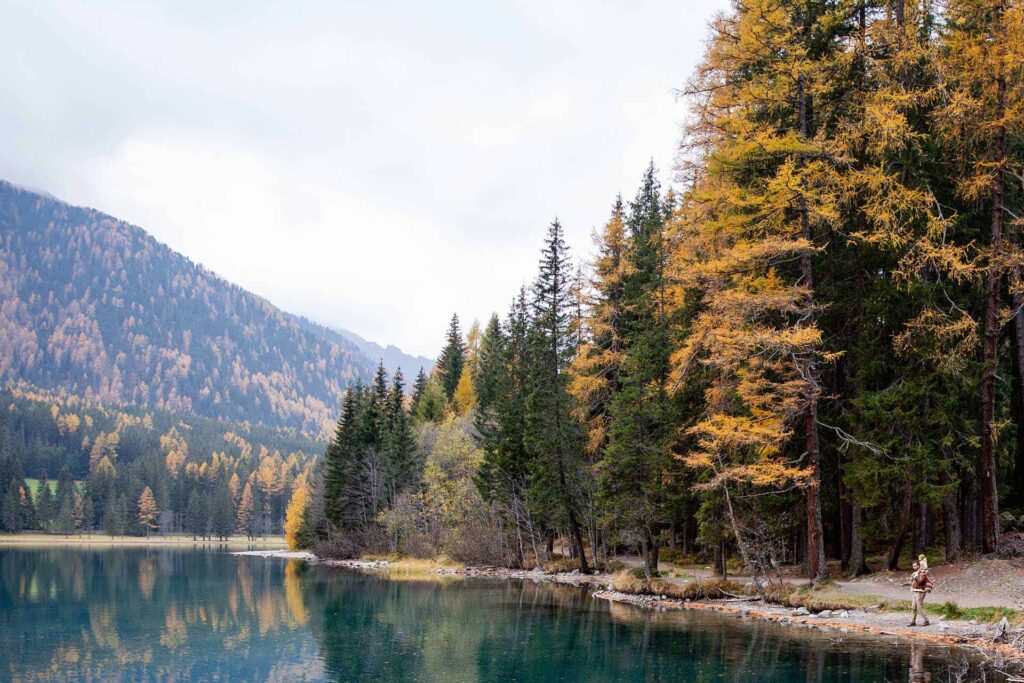Reforesting After Wildfires: Arborists’ Role in Ecosystem Recovery
Introduction: Wildfires have devastating effects on forests and ecosystems, leaving behind scorched landscapes that need restoration. Reforestation efforts are essential for healing the environment, and arborists, with their expertise in tree care and management, play a crucial role in this recovery process. This blog post will explore how arborists contribute to ecosystem recovery after wildfires.
The Aftermath of Wildfires
Wildfires can have catastrophic consequences, including:
Loss of Biodiversity: Fires destroy habitats for countless species, leading to a decline in biodiversity.
Air and Water Quality Issues: The combustion of vegetation releases smoke and ash, affecting air quality and potentially contaminating water sources.
Soil Erosion: The loss of vegetation leaves soil exposed and vulnerable to erosion, which can further degrade ecosystems.
Climate Change Impact: Wildfires release large amounts of carbon into the atmosphere, contributing to climate change.
Arborists as Ecosystem Healers
Arborists are well-equipped to aid in the recovery of fire-affected ecosystems. Their expertise in tree care, planting, and maintenance allows them to contribute in several key ways:
Selecting Resilient Species: Arborists choose tree species well-suited to the post-fire environment, considering factors like soil type, climate, and resistance to pests and diseases.
Proper Planting Techniques: Arborists ensure that newly planted trees are properly spaced, watered, and mulched to promote healthy growth.
Soil Restoration: Arborists may employ techniques like soil aeration and adding organic matter to enhance soil health and prevent erosion.
Habitat Restoration: By planting native species that provide food and shelter for local wildlife, arborists contribute to restoring wildlife habitats.
Preserving and Caring for Surviving Trees: Arborists assess the condition of surviving trees and provide care to promote their recovery. This includes pruning, pest control, and disease management.
Monitoring and Adaptive Management: Arborists continuously monitor reforested areas, making adjustments as needed to ensure the success of restoration efforts.
Community Involvement
Engaging local communities in reforestation efforts is vital. Arborists work alongside conservation organisations, community groups, and volunteers to raise awareness and provide educational programs. These initiatives foster a sense of ownership and responsibility among community members, enhancing the chances of long-term success.
Conclusion: Arborists are instrumental in the restoration of ecosystems devastated by wildfires. Their expertise in tree care, species selection, and habitat restoration is invaluable for promoting biodiversity, improving air and water quality, and mitigating the long-term impacts of wildfires. At Clifton Tree Surgeons, we take pride in our role as environmental stewards, helping to heal the land and restore ecosystems in the wake of nature’s destructive forces. Through our collective efforts, we can contribute to the renewal of landscapes and preserve the planet’s natural beauty for future generations.
Call us on: 0115 647 1189
Click here to find out more about Clifton Tree Surgeons
Click here to complete our contact form and see how we can help with your tree’s needs.

